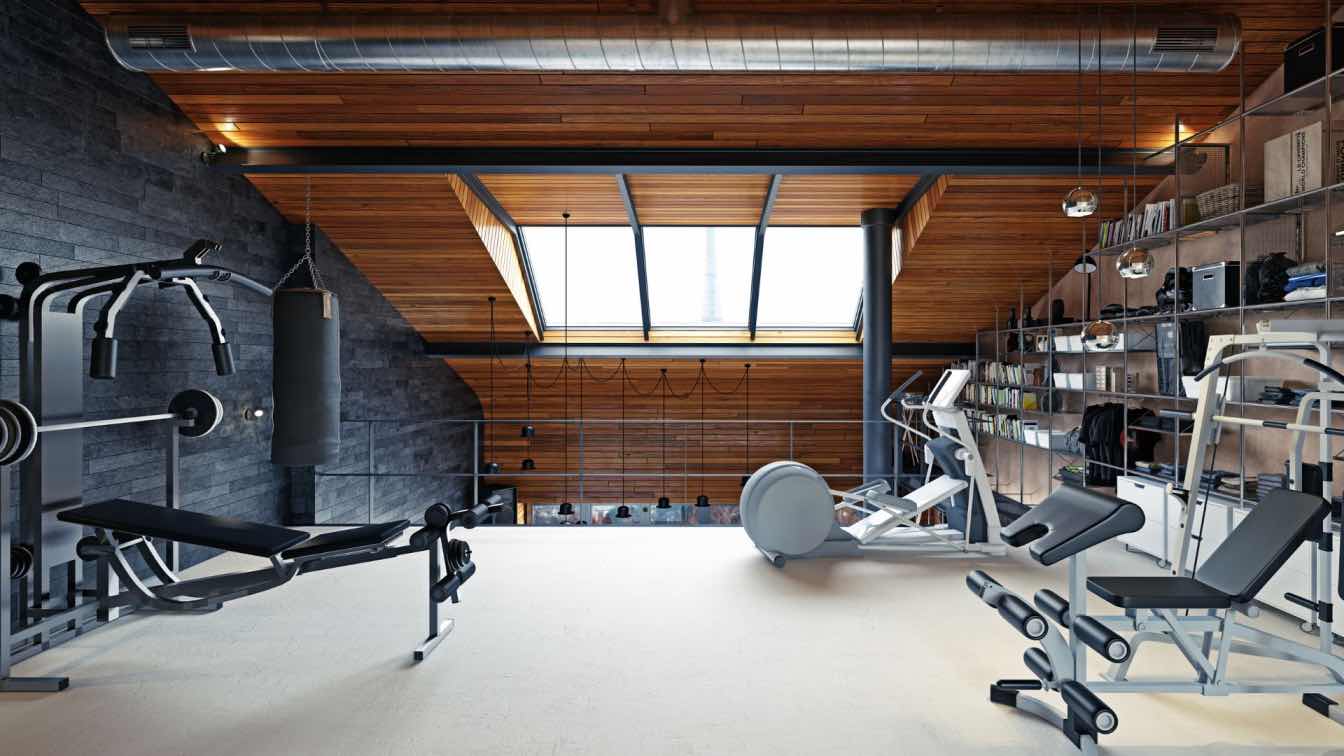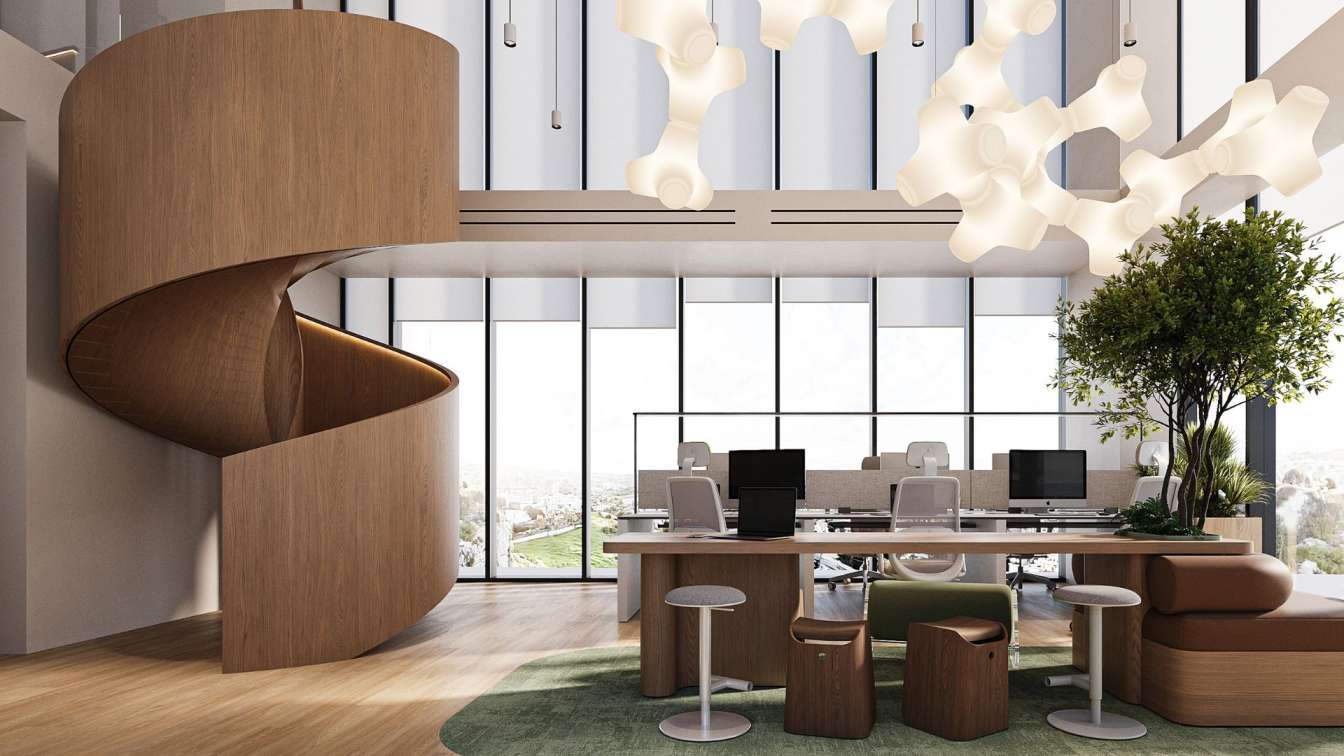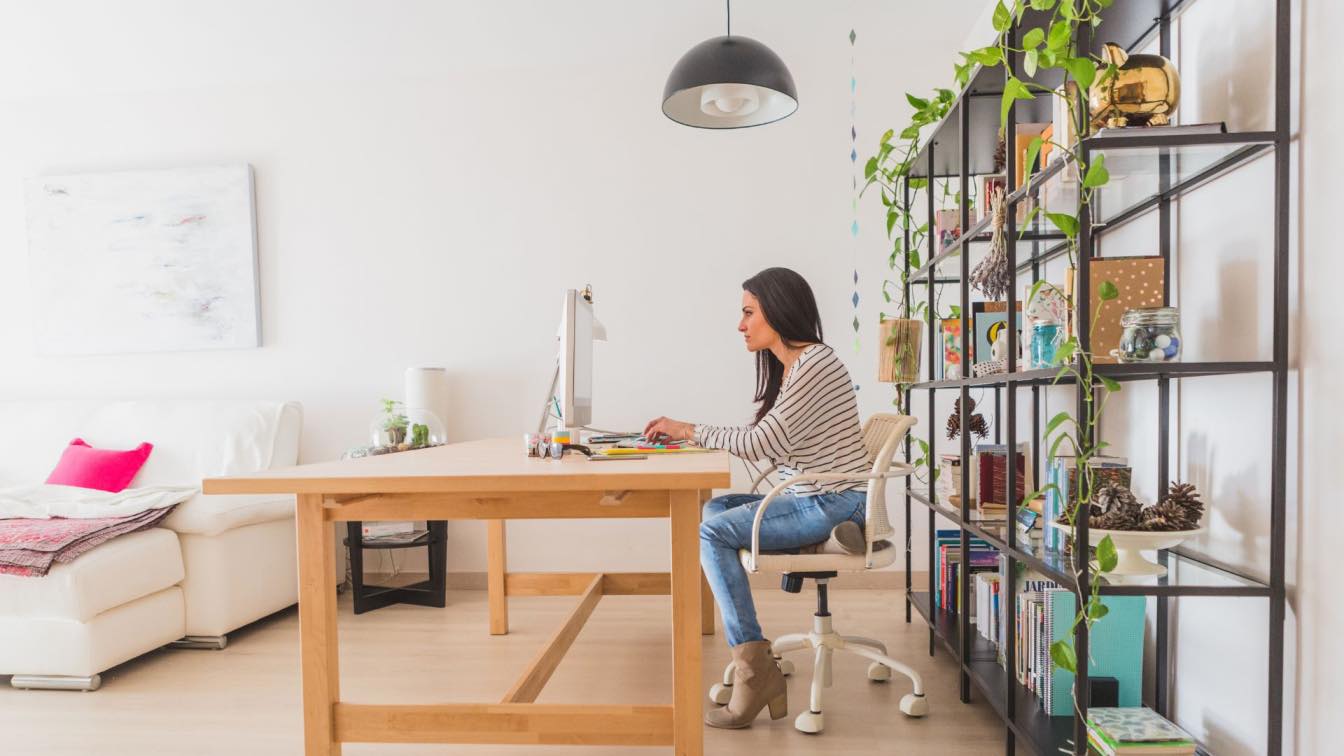The design of our living spaces plays a crucial role in our overall well-being. More and more homeowners want spaces that emphasize health and wellness, which presents a challenge to architects and interior designers.
Below, we’ll explain the key considerations when designing a home with health and fitness in mind, from understanding the relationship between design and well-being to designing for mental health and relaxation.
Architectural Characteristics That Boost Mental and Physical Health
To design a home that prioritizes health, you must first understand how design and well-being can intersect. The concept of biophilic design emphasizes the connection between nature and human well-being.
Incorporate Natural Elements
Integrating natural elements into home design has been shown to reduce stress, enhance mood, and boost overall health. Natural materials, green spaces, and water features can achieve this.
Emphasize Natural Light
Natural light is another critical factor. Homes that maximize natural light help regulate circadian rhythms, which in turn improves sleep quality and overall health for residents.
Silence and Soft Sound
Lastly, acoustics play a role in well-being. Excessive noise can lead to stress and reduced concentration. Soundproofing materials and thoughtful layout designs can help create quieter, more serene living spaces that contribute to mental and emotional well-being.
Designing for Active Living Spaces
Incorporating fitness areas within the home is a growing trend, reflecting a societal shift towards prioritizing health. There’s a lot to consider when starting your own gym at home, from the available space to your preferred exercise and workout routines.
Highlight Versatility in Equipment
Space-saving solutions are crucial for smaller homes. Foldable exercise equipment, multi-functional rooms, and cleverly designed storage options can make it easier for residents to maintain an active lifestyle. Consider incorporating adaptable furniture that can transform a living room into a yoga studio or a home office into a dance space.
Think Outside the Gym
One way to incorporate natural-feeling elements into an active living space is with an indoor rock wall. For interior designers, incorporating a residential rock wall is the ultimate statement piece for a home. It provides a unique physical challenge while giving the space a natural, adventurous atmosphere.
Designing for Mental Health and Relaxation
To design a home with health and fitness in mind you must also address the mental side of well-being. Creating spaces dedicated to mindfulness and stress reduction can have profound impacts on well-being. Reading nooks, meditation rooms, and quiet corners offer residents a chance to unwind and rejuvenate.
Incorporating nature into these spaces can amplify their calming effects. Houseplants, natural materials such as wood and stone, and even small water features can create a serene atmosphere. Designers should also consider color psychology, as softer hues such as blues and greens have calming effects, while brighter colors can energize and uplift.
Conclusion
By understanding the deep connection between design and well-being, architects and interior designers can create spaces that foster physical and mental health. The opportunities are endless, from integrating fitness areas and maximizing natural elements to crafting spaces for relaxation and mindfulness.





